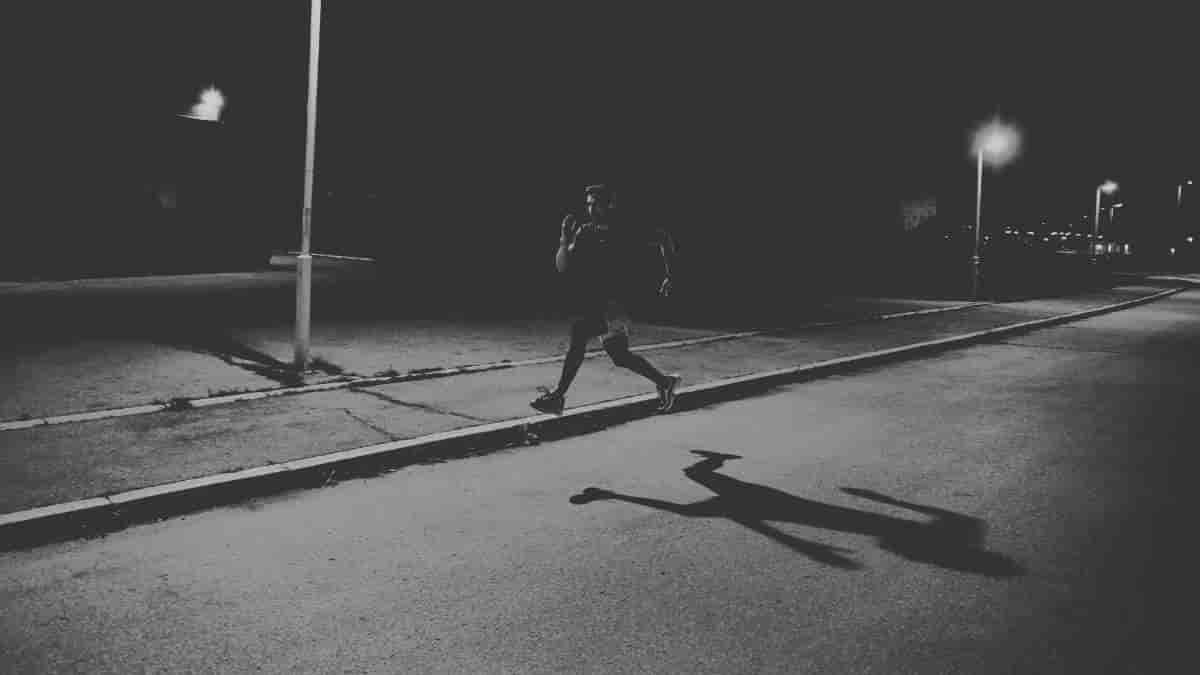Delayed sleep phase disorder (DSPD), also known as delayed sleep phase syndrome and delayed sleep-wake phase disorder, is the delay of a person’s circadian rhythm in comparison to societal norms. Elliot D. Weitzman and coworkers from Montefiore Medical Center initially formally identified it in 1981. It is responsible for 7-13% of persistent insomnia complaints.
Among DSPD cases reported in the literature, approximately half of the patients had clinical depression or other psychological problems, which is roughly the same proportion as in patients with chronic insomnia.
Depression
According to the American Academy of Sleep Medicine’s manual of sleep disorders,
“Although some degree of psychopathology is present in about half of adult patients with DSPD, there appears to be no particular psychiatric diagnostic category into which these patients fall. Psychopathology is not particularly more common in DSPD patients compared to patients with other forms of “insomnia.” “
A direct neurochemical link between sleep processes and depression is conceivable. However, the fact that half of DSPD patients are not depressed suggests that DSPD is more than just a symptom of depression.
Individuals who adhere to their internal circadian rhythms may have a reduced risk of developing depression compared to those who attempt to live according to a different schedule, according to sleep researcher Michael Terman.
Depression has been linked to a lack of vitamin D. Anyone who does not get enough sunlight exposure during daylight hours (roughly 20 to 30 minutes three times a week, depending on skin tone, latitude, and time of year) may be at risk if adequate dietary sources or supplements are not available.
Irregular Menstrual Cycles
According to a research abstract presented at SLEEP 2008, the 22nd Annual Meeting of the Associated Professional Sleep Societies (APSS), women diagnosed with delayed sleep phase syndrome have an increased propensity to experience premenstrual symptoms and irregular menstrual cycles.
Kari Sveum of Northwestern University in Chicago, Illinois, led the study, which included 13 women with delayed sleep phase syndrome and 13 healthy controls. The patients completed a questionnaire about their reproductive health, including irregularities in their cycle and premenstrual symptoms in the past or present.
When compared to controls, twice as many subjects with delayed sleep phase syndrome reported an irregular menstrual cycle. When compared to controls, three times as many participants with delayed sleep phase syndrome reported irregular menstruation. Pre-menstrual symptoms, such as cramps and mood swings, were reported by 69% of people with delayed sleep phase syndrome, compared to 16.67% of controls.
Sleep can be affected by the hormonal and physical changes that occur during and after menopause. Sleep problems are becoming increasingly widespread, and menopause-related insomnia is common.
Other Co-occurring Conditions
Obsessive-compulsive Disorder
Individuals who suffer from obsessive-compulsive disorder are significantly more likely than the general population to receive a diagnosis of DSPD.
Attention Deficit Hyperactivity Disorder
Many people with ADHD also have DSPD, and genetic differences found in genes related to the circadian rhythm and ADHD suggest a genetic link between the two conditions.
In 75% of ADHD patients, the physiological sleep phase – where people show the physiological signs associated with sleep, such as changes in the level of the sleep hormone melatonin, and changes in sleep-related movement – is delayed by 1.5 hours.
Head Injuries
A number of documented cases have occurred wherein traumatic head injuries have precipitated the development of DSPD and non-24-hour sleep–wake disorder.
A study published in 2016, online issue of Neurology reported that people who have had a traumatic brain injury (TBI) may still have sleep problems a year and a half after being injured.
References:
- American Academy of Sleep Medicine (2001). The International Classification of Sleep Disorders, Revised (ICSD-R) American Sleep Disorders Association. ISBN 978-0-9657220-1-8
- Lukas L. Imbach, Fabian Büchele, Philipp O. Valko, Tongzhou Li, Angelina Maric, John F. Stover, Claudio L. Bassetti, Ladislav Mica, Esther Werth, and Christian R. Baumann. Sleep–wake disorders persist 18 months after traumatic brain injury but remain underrecognized. Neurology, April 2016 DOI: 10.1212/WNL.0000000000002697
- Quinto C, Gellido C, Chokroverty S, Masdeu J (January 2000). Posttraumatic delayed sleep phase syndrome. Neurology. 54 (1): 250–2. doi:10.1212/wnl.54.1.250
- Turner J, Drummond LM, Mukhopadhyay S, Ghodse H, White S, Pillay A, Fineberg NA (June 2007). A prospective study of delayed sleep phase syndrome in patients with severe resistant obsessive-compulsive disorder. World Psychiatry. 6 (2): 108–11
- Van der Heijden KB, Smits MG, Van Someren EJ, Gunning WB (2005). Idiopathic chronic sleep onset insomnia in attention-deficit/hyperactivity disorder: a circadian rhythm sleep disorder. Chronobiology International. 22 (3): 559–70. doi:10.1081/CBI-200062410
- Weitzman ED, Czeisler CA, Coleman RM, Spielman AJ, Zimmerman JC, Dement W, et al. (July 1981). Delayed sleep phase syndrome. A chronobiological disorder with sleep-onset insomnia. Archives of General Psychiatry. 38 (7): 737–46. doi:10.1001/archpsyc.1981.01780320017001
